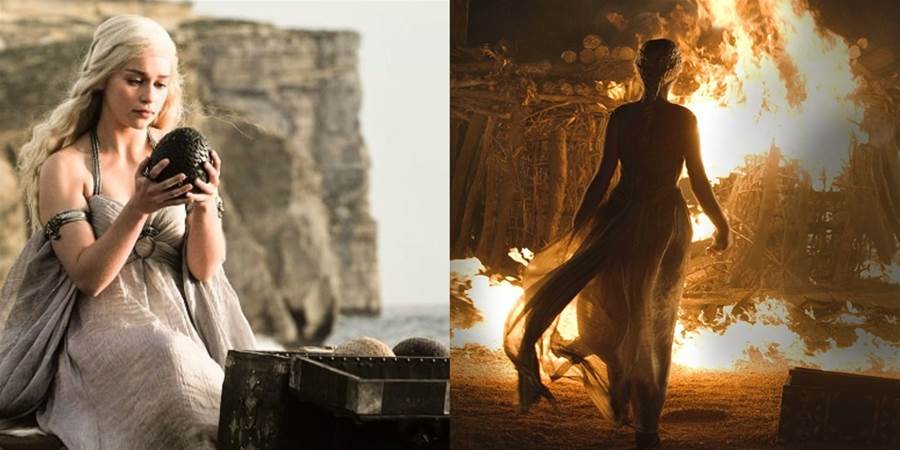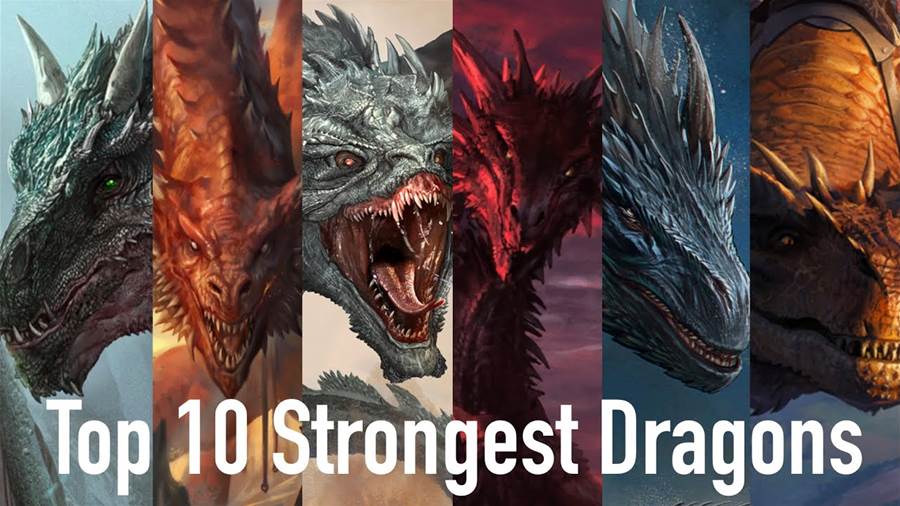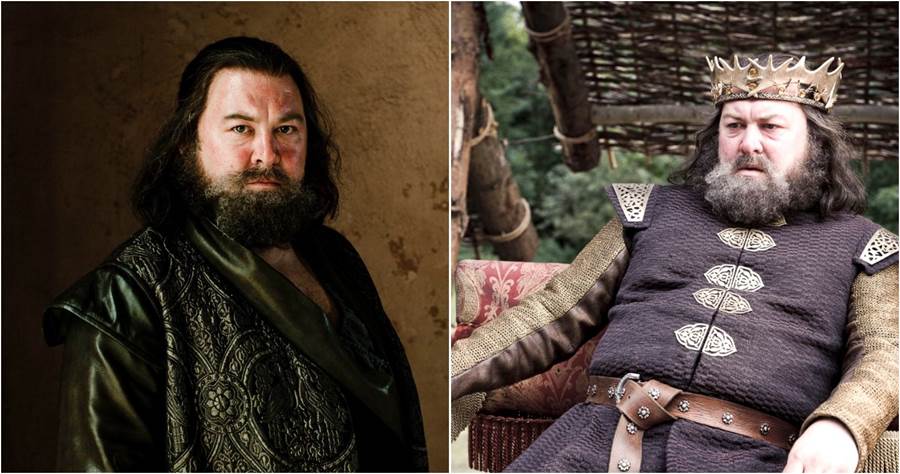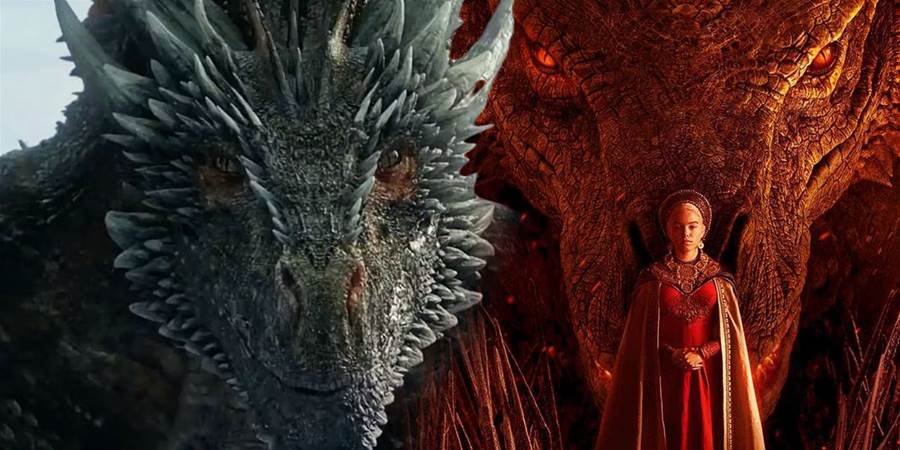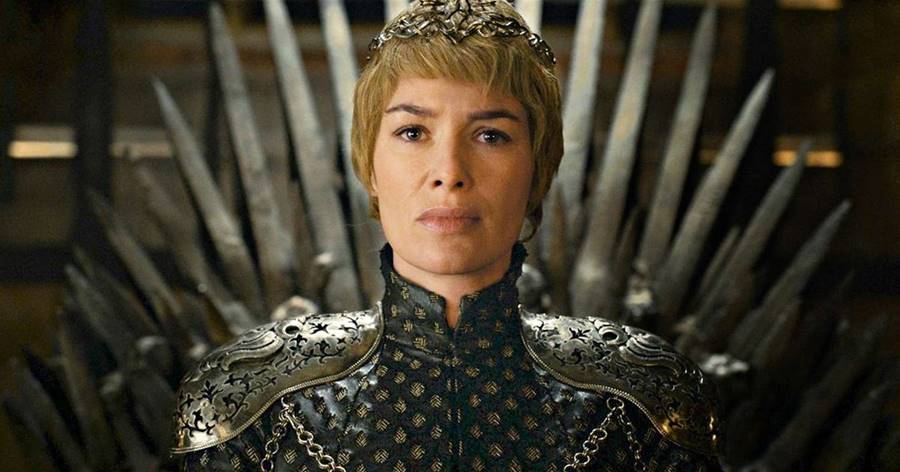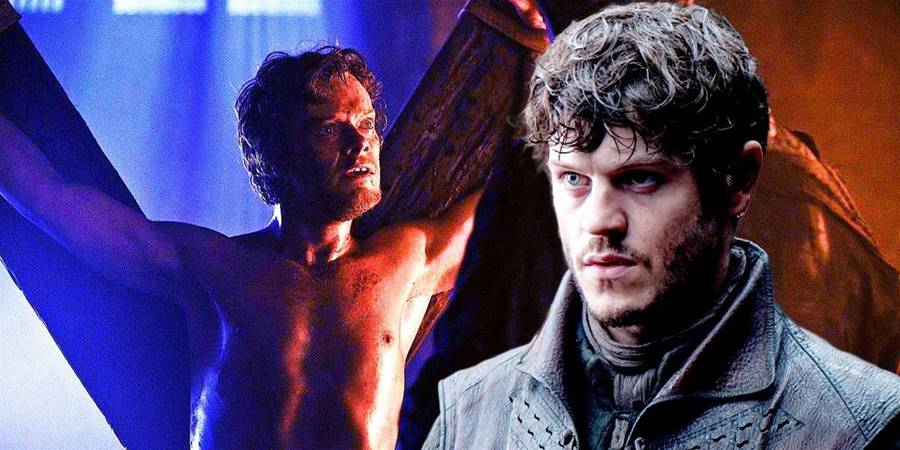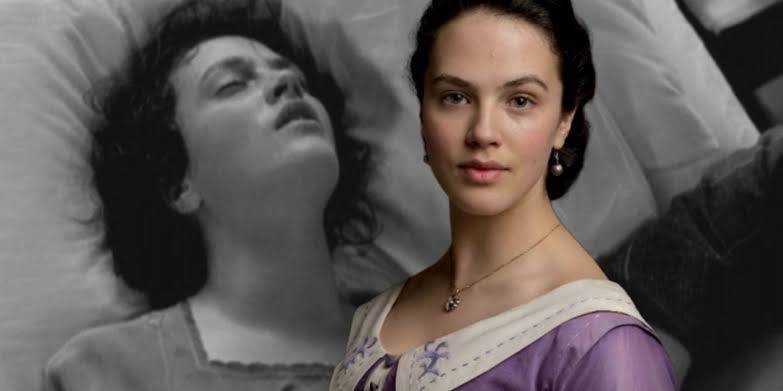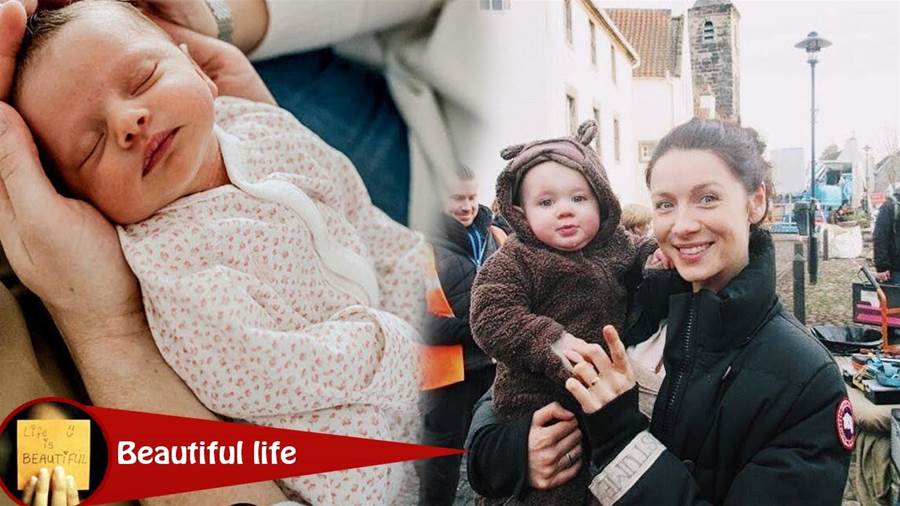
When Daenerys fell at Jon’s hands, viewers braced for Drogon’s wrath to fall on Jon next. Instead, the dragon turned his fire on the Iron Throne itself—and left Jon alive. That moment remains one of the most controversial and emotionally laden sequences in Game of Thrones. Why did Drogon choose that path? Beneath the spectacle lie rich symbolic threads, hidden motives, and tragic sorrow.

Drogon’s destruction of the Iron Throne was not random anger—it was a symbolic verdict. The Throne had been the object Dany strove for across seasons, the lure that twisted her noble cause into tyranny. Many analysts argue that Drogon recognized that the Throne, not Jon, was the source of her downfall. By incinerating it, he was obliterating the idea—and burden—that consumed his mother’s soul.
Composer Ramin Djawadi backs this: he designed the score to echo Dany’s theme and Drogon’s emotional conflict. In his view, Drogon burns the Throne in a cathartic act of judgment—avenging not Jon, but the very symbol that birthed so much bloodshed.
If Drogon knew Jon killed Dany, why did he spare him? Several intertwined theories give color to that moment:
The article is not finished. Click on the next page to continue.
The article is not finished. Click on the next page to continue.
Next page